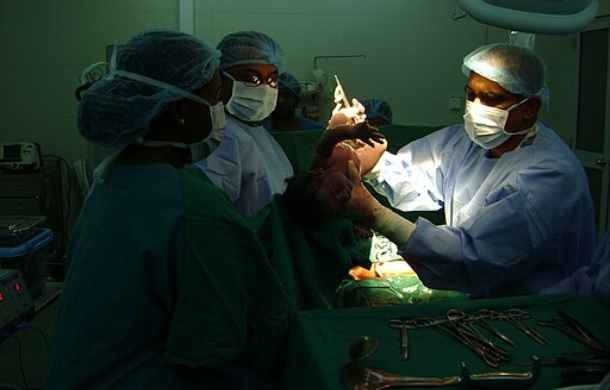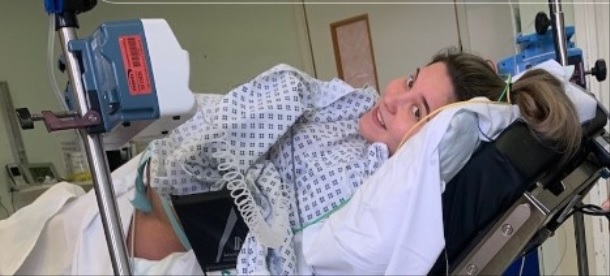A cesarean section, or C-section, is the delivery of a child via a surgical procedure. Incisions are made in the abdomen and uterus that permit doctors to remove a fetus. There are many instances in which a C-section is preferred over a standard birth. Considerations for the health of the mother and the child are the primary concerns for using C-section.
Although many C-section deliveries occur under emergency circumstances, some parents are opting for planned C-section deliveries. A doctor might recommend having a C-section birth if problems arise during the pregnancy that might make a standard birth difficult or dangerous for mother and child. In cases of multiple births, doctors will often recommend a C-section birth. This allows an easier delivery and can assist in preventing potential problems from developing.
1. There Are Three Types Of C-Section Incisions
Doctors use the high vertical incision in many instances for emergency C-sections, pre-term babies, or when the fetus is in an odd position. The cut starts in the upper part of the abdomen and goes vertically down across the stomach. A low vertical incision begins in the stomach area and extends down to the lower abdomen region. This option is useful for babies sitting lower, breech, sideway, or feet first births.
The favorite option for most mothers is the low transverse incision, also called the “bikini incision.” This is a horizontal cut across the lower abdomen that runs along the top of the bikini line. Unlike vertical cuts, this incision causes less pain and allows a great view of the lower part of the uterus. The incision typically heals well, leaving a scar that “hides” just under the waistband of a bikini.

2. Most C-Sections Are Unplanned
Although some issues may present early in a pregnancy, most C-sections happen due to unforseen circumstances after labor begins. This can happen when labor isn’t progressing as expected because of placental abruption, umbilical cord obstructions or prolapse, and fetal distress.
3. Planned C-Sections Can Be A Beautiful Experience
Planned C-sections occur when parents and their medical professionals decide to utilize C-section before delivery begins or early in the labor and delivery process. Though a C-section might seem scary, mothers who experience it have shared ways that medical professionals help make the process seamless, one woman described, “They introduced you to everyone in the room and make you feel 1000 times better.”

The epidural numbs the nerves from the waist down. The procedure allows the mother to remain awake during delivery, which can be a beautiful experience. The same woman noted that “everyone was so chatty and so lovely,” and she even noted that “We had the radio on, I didn’t even know they had started.”

4. Your Spouse Or Partner Can Witness The Procedure
With a planned C-section, your spouse or birthing partner might be able to watch the birth. They will have to dress in scrubs and might miss some parts of the process, but they can view the baby as it is born. Another benefit is holding the baby right after the birth, which provides excellent parental bonding moments.
5. Most C-Section Births With No Complications Can Go Home The Next Day
If you have a C-section and experience no complications, you can usually go home the day after the birth. A hospital will keep patients longer if they experience difficulty during or after the procedure. If the baby is healthy, they will be going home also.
Whether you have a planned or emergency C-section you might feel a bit scared about the process, but it can be a wonderful experience. Although my daughter is fond of saying she wasn’t really “born” but was forcibly extracted, I have no misgivings about the experience. She turned a somersault at the last minute, so they rushed us into surgery pretty quickly. I was completely put under for the procedure and in recovery for more than five hours before I held her, but it was still worth it!
You can find the source of this story’s featured image here and here.
Want to be happier in just 5 minutes a day? Sign up for Morning Smile and join over 455,000+ people who start each day with good news.



